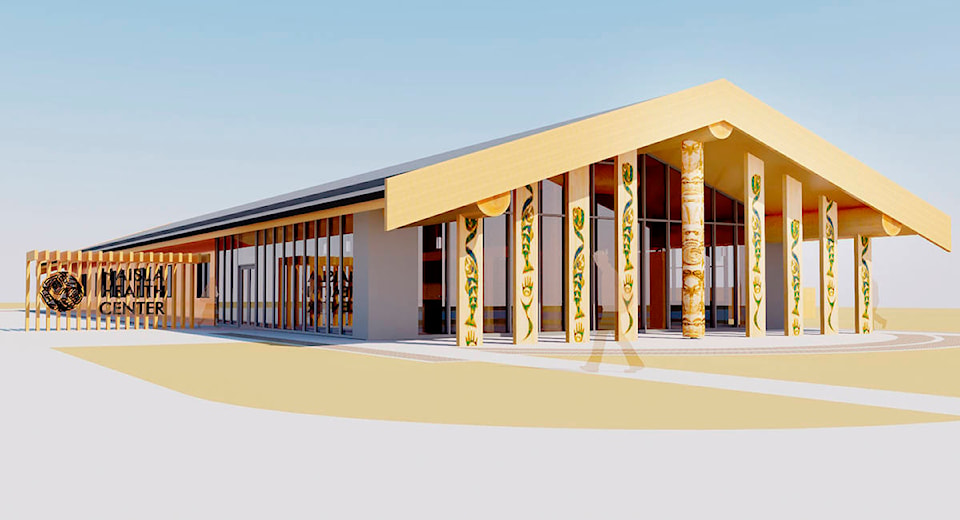While there have been improvements in Indigenous health in the province over the last ten years there are still three areas where the gap between the health status of Indigenous and non-Indigenous residents continues to widen.
A report released at the end of 2018 by the First Nations Health Authority (FNHA) and the Provincial Health Officer follows the completion of a 10-year project to track Indigenous health in the province.
The report summarizes the results of tracking seven core indicators — existing data was available for five of the indications at the time: life expectancy, mortality, youth suicide, infant mortality and diabetes rates between 2005 and 2015.
The project also set goals for collecting data on childhood obesity, as well as the number of practising, certified First Nations health care professionals and what work had been done to increase the number of professionals.
In 2005 these subjects were not routinely measured. Since then, data collection mechanisms have been set up for these two indicators and an update on them is planned for the next reporting period.
The report lists findings in five key areas:
– The Indigenous youth suicide rate decreased substantially, by 38 per cent.
– The infant mortality rate decreased slightly since 2005.
– The diabetes prevalence rate continued to increase for both population groups, but the rate of increase for Indigenous people declined, resulting in an overall decrease in the health status gap.
– The age-standardized mortality rate, which measures death from all causes, improved somewhat since 2005*, but the health status gap increased.
– While life expectancy among Status First Nations people improved between 2005 and 2015, the life expectancy for other B.C. residents improved at a faster rate, so the health status gap actually widened.
Reacting to the report, Haisla Nation Council chief councillor Crystal Smith it was valuable to see the report “to understand what is working and where improvements can be made.”
“From the Haisla perspective we’re already working to offer stronger health services, most noticeably with the recent ground breaking for a new, larger health centre in Kitamaat Village,” said Smith.
She said once the facility is complete the Haisla Nation will be able to push harder to reduce the health gaps outlined in the report.
“We’ll accomplish that by bringing our existing services together under one roof, and providing access for visiting specialists and telehealth capabilities, removing the barrier of geographic distance.”
FNHA chief medical officer Dr. Evan Adams said the PHO and the FNHA have agreed to continue monitoring the health of Indigenous people in B.C. for the next 10 years, expanding on the current set of indicators to include health and well-being — the Indigenous Population Health and Wellness Agenda.
The additional indicators include measures such as cultural wellness, community strength and resilience, and ecological health. As an example, cultural wellness will be a combined indicator reporting on traditional language, traditional foods and traditional medicine/healing.
“We want to move from a sickness to a wellness perspective, from weaknesses to strengths. This new focus will help guide our actions, leading us to a more proactive, holistic and culturally sensitive orientation – one that goes beyond the boundaries of our current health system,” said Adams.
Meanwhile, Adams said the FNHA has worked to increase the numbers of certified, practising First Nations health professionals with programs that include hiring goals, professional development opportunities, health care scholarships, and support for recruitment programs at regional health authorities.
* The age-standardized mortality rate refers to the numbers of deaths per 100,000 population of a specific age group of the population. Two populations with the same age-specific mortality rates for a cause of death will have different overall death rates if the age distributions of their populations are different. Age-standardized mortality rates adjust for differences in population age distribution by applying the observed age-specific mortality rates for each population to a standard population.
